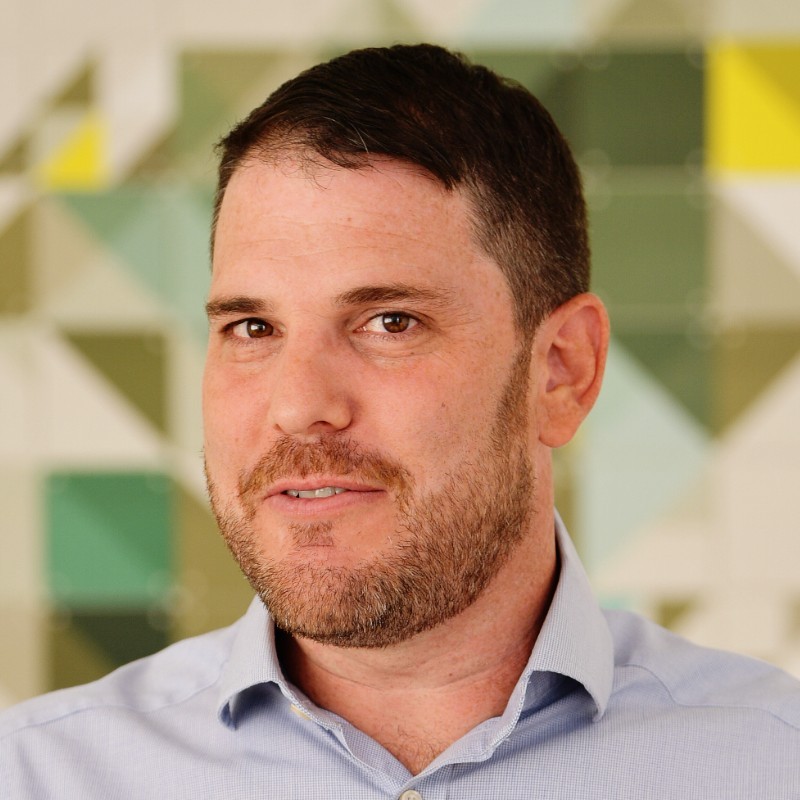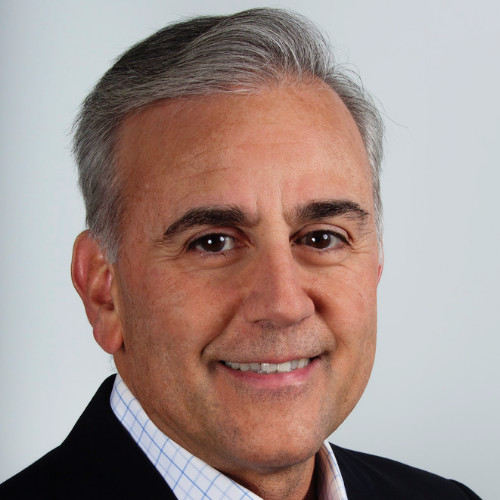Internet of Things
Thought Leaders in Internet of Things: Ayyeka CEO Ariel Stern (Part 2)
Sramana Mitra: How much of system integration work is involved to implement a solution like yours?
Ariel Stern: Before Ayyeka, the majority of the projects were system integrations. We said, “Ayyeka will eliminate the need for the complicated system integration. We provide end-to-end solutions that have both the hardware and software.” It’s almost like plug-and-play. We provide support tools. We provide a software component, which gets as complicated as a full-blown private installation in a customer premise or fully-hosted cloud-based solution. With that, we eliminate system integration.
>>>Thought Leaders in Internet of Things: Ayyeka CEO Ariel Stern (Part 1)

IoT companies have often been system integrators. Ariel discusses an end-to-end solution strategy that includes both hardware and software.
Sramana Mitra: Let’s start by introducing our audience to yourself and Ayyeka.
>>>8 Validated Enterprise Software Startup Ideas for the DataStax-1Mby1M Challenge

The DataStax-1Mby1M Fall 2021 Startup Challenge launched on September 9th. Here is the kick-off video with Chet Kapoor, CEO of DataStax, Ed Anuff, Chief Product Officer of DataStax discussing the program with me.
DataStax has significant enterprise customers that are using their Apache Cassandra-based database products to solve real world problems. They are putting these use cases out in the public domain for startups to build companies around. DataStax would be helping the startups on the technical and customer acquisition side, and 1Mby1M would be helping the startups on the positioning, mentoring, and financing side. $10,000 of grant money is also included in this challenge.
Let’s look at some of the use cases. They’re all related to the increasingly digital nature of most businesses. The ever-growing use of IoT is a good example. Verticals that manage many assets need real-time access to data for visibility and decision purposes. Organizations interacting directly with customers need to ensure they are engaged with the right customer, and they have a digital twin of the customer to drive services and experiences. These experiences and services are entirely digital and depend on real-time data access. Finally, organizations drive their intelligence and decisions by understanding and leveraging the increasingly vast amount of data they manage. Here are more details.
Thought Leaders in Internet of Things: Triax CEO Robert Costantini (Part 3)
Sramana Mitra: Are all your work sites construction sites?
Robert Constantini: We provide solutions across a lot of industries like construction, energy, mining, manufacturing, and heavy industrial. One of the key issues is that the robustness of our technology works in these challenging environments. That’s where our technology shines.
Sramana Mitra: I assume COVID has been a big accelerator for you.
>>>Thought Leaders in Internet of Things: Triax CEO Robert Costantini (Part 2)
Robert Constantini: We you use the technology to signal a site-wide evacuation. The wearable itself will notify the worker as well as beacons around the site, which dramatically reduces evacuation times by over 70%. We also monitor equipment utilization and other hazards on site. There’s no price you can put on the potential to avoid serious injuries.
There’s a really powerful analytics component to this. The technology allows you to gather accurate automated data to create huge data lakes for big data analytics and providing incredible insights. This is where it gets powerful with the ROI perspective – benchmarking, behavioral analytics, or proactive behavior modification of workers, and fine-controlled contact tracing.
>>>Thought Leaders in Internet of Things: Triax CEO Robert Costantini (Part 1)

Triax has seen tremendous acceleration due to Covid for its wearables-based IoT technology. Interesting perspective.
Sramana Mitra: Let’s start by introducing our audience to yourself as well as Triax.
Robert Constantini: I’m the CEO of Triax Technologies for 18 months since the fall of 2019, right before COVID. My background is in Finance and Law. I’ve got 30 years of broad executive experience in public and private companies, mostly in high-growth technology and industrial companies. Early on, I developed a passion for technology. That goes way back.
>>>Thought Leaders in Internet of Things: Sridhar Iyengar, CEO of Elemental Machines (Part 5)
Sramana Mitra: Tell me a bit about the company. Is it a funded company?
Sridhar Iyengar: We’re venture-backed. We’re a Series A company. We’ve about 35 people in the company right now.
Sramana Mitra: Where are you based?
Sridhar Iyengar: We’re based in the Greater Boston area, but we have a distributed team.
>>>Thought Leaders in Internet of Things: Sridhar Iyengar, CEO of Elemental Machines (Part 4)
Sramana Mitra: What level of adoption are we talking about in LabOps as you call it. What is the pace of adoption in this world?
Sridhar Iyengar: It really depends on the type of company that we’re working with. I mentioned synthetic biology. These companies were very early adopters because of the need of the data. The reason why I highlight this community is, I have a thesis. The more traditional biotech and pharma companies were founded and led by traditional scientists.
>>>